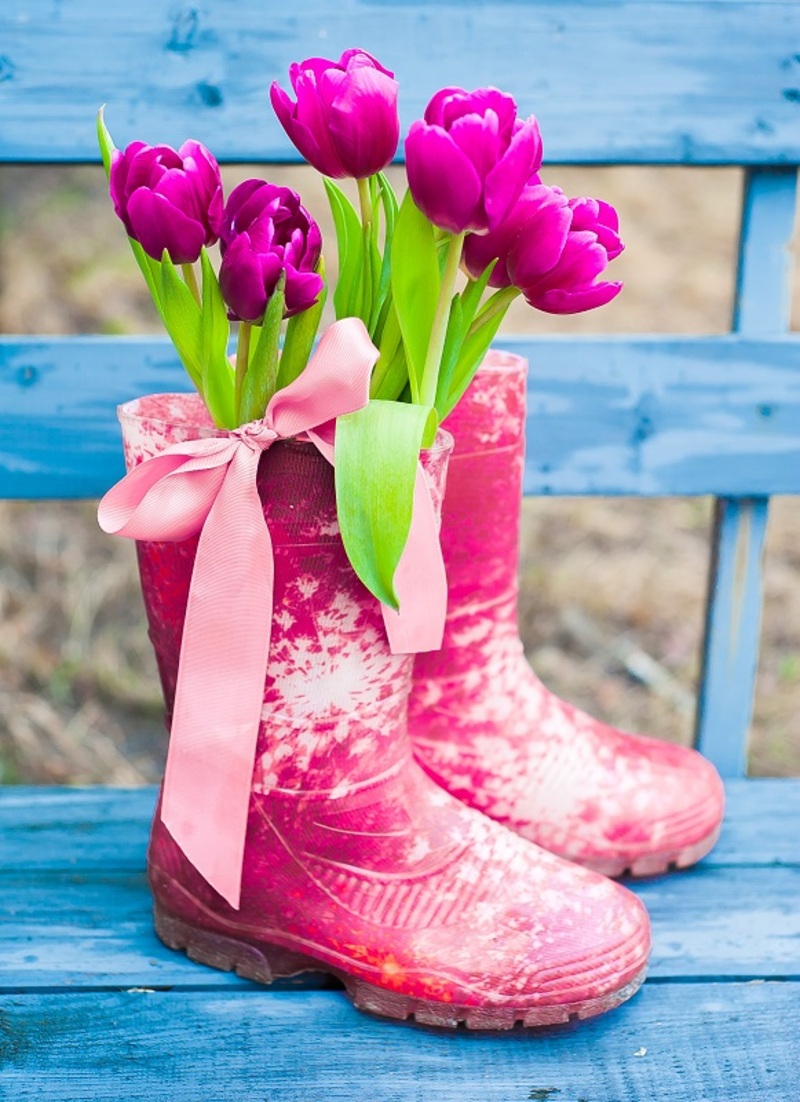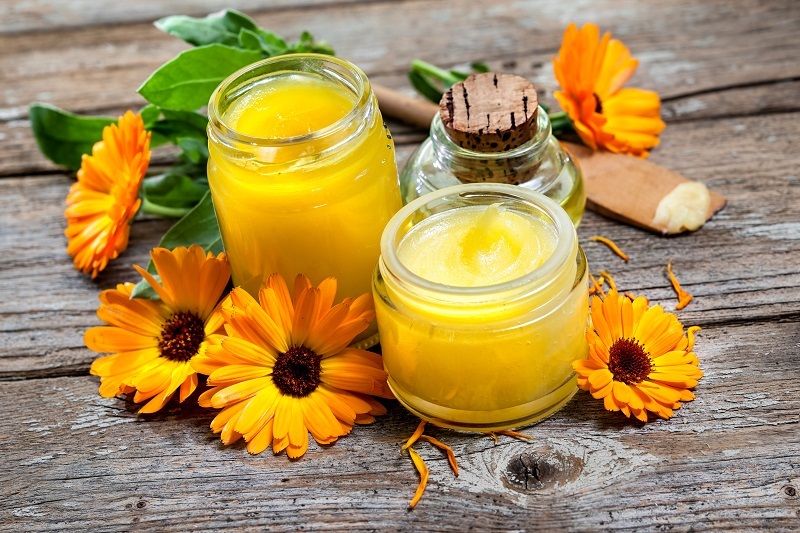
7 Riveting Facts About Tulips That Will Brighten Your Day
Tulips are not just enchanting springtime flowers; their history and allure have captured the hearts of gardeners and nature lovers for centuries. With their vivid colors and elegant shapes, tulips brighten gardens, living rooms, and entire festivals around the world. But did you know there is more to tulips than their stunning appearance? Here, we will unveil seven fascinating facts about tulips that might surprise and delight you. Whether you are an aspiring gardener, a fan of flower trivia, or just love discovering new things about nature, these tulip facts are sure to brighten your day!
What You'll Discover:
- The Global Journey: From Wild Origins to European Fame
- Tulipomania: The World's First Economic Bubble
- Dazzling Diversity: Every Color Tells a Story
- Tulip Resilience: Surprising Hardiness and Adaptability
- Tulips in Cuisine: A Floral Ingredient
- Record-Breaking Tulips: Size, Price, and More
- Tulip Symbolism: A Language of Their Own
1. The Global Journey: From Wild Origins to European Fame
Tulips may be one of the most beloved flowers in European gardens, but their journey began far from Amsterdam's picturesque canals. The origin of tulips can be traced back to the mountainous regions of Central Asia--modern-day Kazakhstan, Iran, and Afghanistan. Wild tulips still bloom in rocky valleys and meadows here, displaying a dazzling genetic diversity.
The spread to Europe: Around the 16th century, tulip bulbs caught the attention of Ottoman sultans, who cultivated vast tulip gardens in Istanbul. The tulip became a symbol of the Ottoman Empire's power and luxury. By the late 1500s, botanists and traders introduced tulips to Holland, where they quickly became a sensation, giving rise to the world-famous Dutch tulip industry.
Key Points:
- Tulips are native to Central Asia -- not initially from the Netherlands as commonly believed.
- Ottoman Turkey adored tulips, influencing European fascination with the flower.
- The Dutch tulip industry grew from this initial wave of inspiration.
2. Tulipomania: The World's First Economic Bubble
Imagine a single tulip bulb selling for the price of a luxury townhouse! In the 1630s, the Netherlands experienced "tulipomania": a period of frenzied trading and speculation on tulip bulbs.
By 1636, rare and sought-after varieties such as the Semper Augustus were fetching astronomical prices. People from all walks of life invested their fortunes in tulip bulbs, hoping to make a quick profit. But in early 1637, the market crashed, leaving many investors penniless and marking the **first recorded speculative bubble** in economic history.
- "Tulipomania" is a term now used for any economic bubble scenario.
- The most desirable bulbs were prized for their rare color patterns, caused by a plant virus.
- After the crash, the Dutch implemented regulations to stabilize the tulip market.
Tulipomania remains a compelling lesson in market psychology and mass speculation, all centered around the beauty of a simple flower.
3. Dazzling Diversity: Every Color Tells a Story
Tulip flowers display a kaleidoscope of colors, patterns, and shapes. This variety isn't just for show--it's steeped in meaning and symbolism. Today, there are over 3,000 registered varieties of tulips, grouped into 15 classes based on shape and bloom time.
Meanings of Tulip Colors
- Red tulips: Stand for deep love and passion. Perfect for romantic gestures.
- Yellow tulips: Symbolize cheerful thoughts and sunshine.
- Purple tulips: Denote royalty, luxury, and wisdom.
- White tulips: Represent purity, forgiveness, and peace.
- Pink tulips: Convey happiness, affection, and best wishes.
- Variegated tulips: Those with unique streaks or flame patterns historically symbolized beautiful eyes!
The dazzling diversity of tulip colors means there's a perfect tulip for almost any occasion, mood, or message you wish to send!
4. Tulip Resilience: Surprising Hardiness and Adaptability
Tulips are often seen as delicate blooms, but they are, in fact, surprisingly tough and adaptable. Their ancestral homes include wind-swept steppes where they endure hot summers and freezing winters. This hardiness has enabled tulips to:
- Thrive in a range of climates, from Mediterranean regions to chilly northern countries.
- Adapt to gardens, wildflower meadows, containers, and urban parks.
- Return year after year with proper care (some species tulips are especially perennial).
- Survive dry spells by storing energy in their bulbs during dormancy.
For gardeners, this resilience means tulips are not just beautiful but also practical and rewarding to grow. With the right soil and sunlight, anyone can join the global tradition of tulip appreciation!
5. Tulips in Cuisine: A Floral Ingredient
It might surprise you, but tulips have also found their way into culinary uses. While not every part of the tulip is edible or safe (some varieties and bulbs are toxic if consumed in large amounts), petals from certain tulip types have been used in creative dishes:
- In Holland during World War II, tulip bulbs became a famine food for desperate families, although it was never ideal for health.
- Modern chefs sometimes use tulip petals as vibrant garnishes, salad additions, or to hold small appetizers.
- Edible tulip petals have a mild, slightly sweet taste and a crisp texture. Always ensure flowers are pesticide-free and correctly identified before eating!
Isn't it fascinating to think a flower that brightens your garden can also make your plate look dazzling?
6. Record-Breaking Tulips: Size, Price, and More
Not all tulips are created equal--and some have smashed records that add to their legacy of wonder. Here are just a few examples of how tulips dazzle beyond just the garden:
Biggest Tulip Festivals
- The Canadian Tulip Festival in Ottawa is the largest in the world, with over a million blooms celebrating the historic bond between Canada and the Netherlands.
- Keukenhof Gardens in the Netherlands exhibits around 7 million bulbs, creating stunning displays each spring.
The Most Expensive Tulip Bulb
- The Semper Augustus tulip bulb, at the height of "Tulipomania", once sold for 10,000 guilders (worth tens of thousands of today's dollars)!
Tallest and Smallest
- The tallest cultivated tulip varieties can reach over 30 inches (76 cm), while wild tulip species are often under 4 inches (10 cm) tall.
Whether judged by size, price tag, or sheer volume, tulips continue to impress and inspire flower fans everywhere.
7. Tulip Symbolism: A Language of Their Own
Long before greeting cards and text messages, flowers were chosen to express emotions and send secret messages. Tulips have a special place in the "language of flowers," or floriography.
- Red tulips say "I love you" in the universal floral language.
- White tulips are traditional for apologies and new beginnings.
- Yellow tulips once symbolized hopeless love, but now mean **happiness and sunshine**.
- Gifting a bouquet of mixed tulips represents elegance, grace, and appreciation.
Tulips have helped people communicate feelings for centuries, all without a single word.

Embrace the Beauty and Legacy of Tulips
In every petal and bulb, tulips tell stories of adventure, intrigue, beauty, and resilience. Whether you're marveling at their colors, learning their history, or planting your next garden, these delightful flowers continue to stand out. Next time you spot a tulip in bloom, remember the riveting facts and hidden tales behind this iconic flower. May these tulip tidbits bring a burst of color and joy to your day!
- Looking for inspiration? Try adding a variety of tulips to your garden this year!
- Share these vibrant tulip facts with friends and family to spread the wonder.

